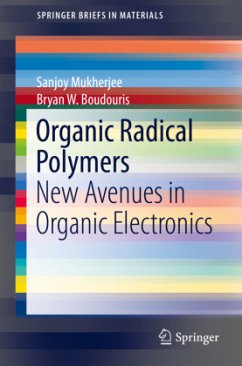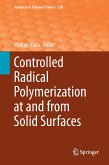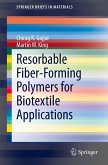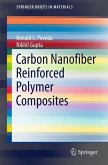This book provides a detailed introduction to organic radical polymers and open-shell macromolecules. Functional macromolecules have led to marked increases in a wide range of technologies, and one of the fastest growing of these fields is that of organic electronic materials and devices. To date, synthetic and organic electronic device efforts have focused almost exclusively on closed-shell polymers despite the promise of open-shell macromolecules in myriad applications.
This text represents the first comprehensive review of the design, synthesis, characterization, and device applications of open-shell polymers. In particular, it will summarize the impressive synthetic and device performance efforts that have been achieved with respect to energy storage, energy conversion, magnetic, and spintronic applications. By combining comprehensive reviews with a wealth of informative figures, the text provides the reader with a complete "molecules-to-modules" understanding of the state of the art in open-shell macromolecules. Moreover, the monograph highlights future directions for open-shell polymers in order to allow the reader to be part of the community that continues to build the field. In this way, the reader will gain a rapid understanding of the field and will have a clear pathway to utilize these materials in next-generation applications.
This text represents the first comprehensive review of the design, synthesis, characterization, and device applications of open-shell polymers. In particular, it will summarize the impressive synthetic and device performance efforts that have been achieved with respect to energy storage, energy conversion, magnetic, and spintronic applications. By combining comprehensive reviews with a wealth of informative figures, the text provides the reader with a complete "molecules-to-modules" understanding of the state of the art in open-shell macromolecules. Moreover, the monograph highlights future directions for open-shell polymers in order to allow the reader to be part of the community that continues to build the field. In this way, the reader will gain a rapid understanding of the field and will have a clear pathway to utilize these materials in next-generation applications.








